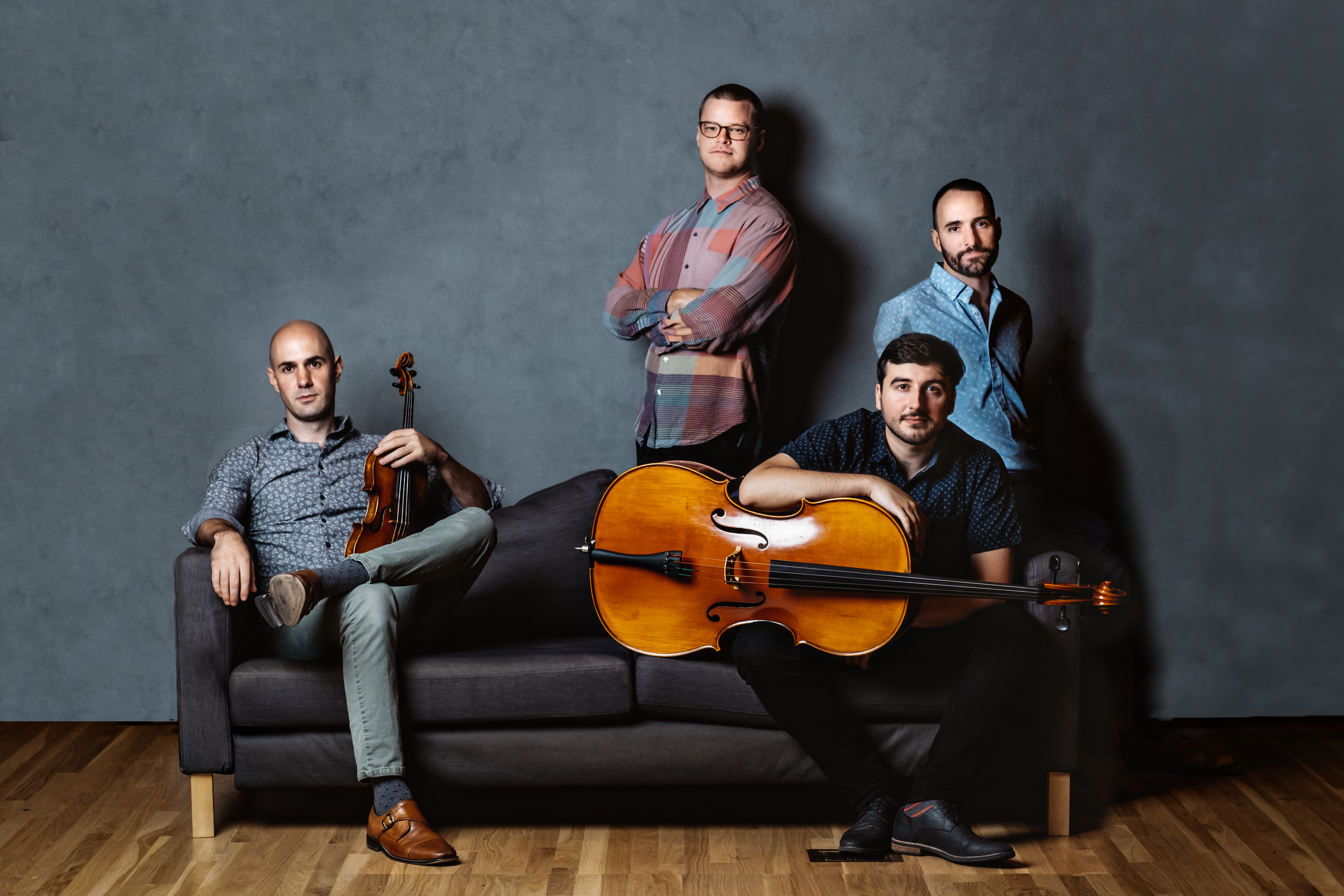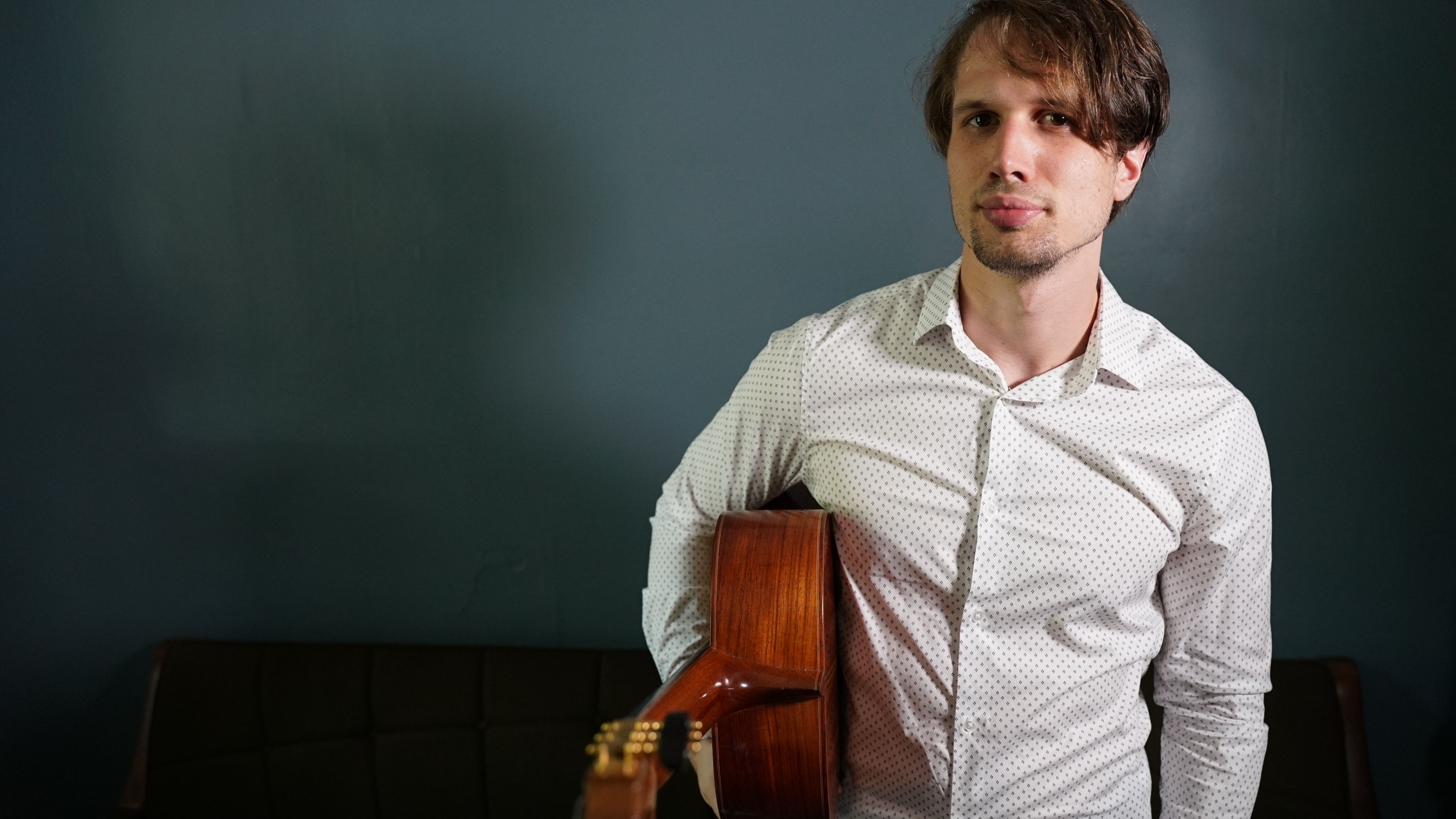Live at the Library: “Evening” with Thomas Echols & Invoke

Dr. Thomas Echols - performer, composer, songwriter, instructor at Austin Community College – is one of the most creative artistic innovators we know. At home in many styles and multiple media, Echols was the mastermind behind ACG’s Summer Series NARRATIVES that rolled together poetry from Argentina, Portugal, and England, minimalism, ancient and modern instruments, synthesizers, and contemporary responsive composition.
On Sunday, December 1st at 2pm (doors at 1:30), Echols will be joined by award-winning and supremely imaginative Invoke String Quartet for the first of two ACG Live at the Library shows. The event will be held at Austin’s new Central Public Library, it’s free, and open to the public.
We asked Echols to share a few thoughts on the show, which he’s calling, EVENING:
ACG: Tell us about EVENING?
TE: Evening” presents a sonic landscape that is inhabited by songs, compositions, and improvisations. The focal points of the performance are four songs, somewhat sparse and inward looking, that unfold out into instrumental forays. At times, the players are guided by GRADUS, a contrapuntal algorithm that I built to be an additional participant in the work. GRADUS performs a complex role: providing pitch content to be played by us, processing the sounds captured from our instruments, and performing newly generated material through various types of synthesis. The emotive content of the songs is rather soft, dark, and heavy. GRADUS provides a kind of levity, by revealing that a lot of these same sonic experiences can come from a source essentially devoid of emotion (a computer). To help GRADUS to follow our expressive intent, I have made a device that mounts to my guitar that sends the algorithm information about the physical movement of my guitar and monitors the motion of my left hand, as I engage in a kind of hyperbolic expressive histrionics to communicate musical intention.
ACG: What do you love about working with Invoke String Quartet?
TE: Invoke, is amazing! They are a top-shelf string quartet that has chosen to ardently pursue a path of deep creative work: improvising, composing, song-writing, and working with new composers. With Invoke, I can provide a skeletal layout of what we are working on, and we can improvise around it until we come to something we love. I can also give them a detailed score and they can read it easily. They are a dream.

ACG: What do you wish everyone knew about working with synthesizers/electronic music?
TE: It’s more than people often think it is. Synthesizers are an amazing way to learn about traditional instruments: by creating a “patch” that resembles the sound of a clarinet or snare drum, you learn quite a lot! So, it is a means of learning to orchestrate. But just as importantly, computers, synths, circuits et al are a way of exploring new sounds and textures, new ways for musicians to engage with themselves, other musicians, and their audiences through various interactive techniques.
ACG: Why is creativity important to you, to humanity?
 TE: When thinking of creativity, I really come to focus on two things: the idea of free will and of learning as its expression. A hot take on free will through a Tolstoyan lense is that we have it, but we have a whole lot less than we like to think. We are bound by a multitude of constraints that determine so much about our live, but in spite of that, we do guide the ship in some way.
TE: When thinking of creativity, I really come to focus on two things: the idea of free will and of learning as its expression. A hot take on free will through a Tolstoyan lense is that we have it, but we have a whole lot less than we like to think. We are bound by a multitude of constraints that determine so much about our live, but in spite of that, we do guide the ship in some way.
About learning.... Creativity, for me, is the natural end result of learning, with learning and creating being somewhat like inhaling and exhaling. The creative act is the trace left by the fire that was the learning.
The creative part seems to come about through an important need: the need to connect with others, while continuously learning about the next thing that we will eventually create serves as a kind of path towards greater freedom. So, going back to the free will thing, a creative life allow a person to have greater agency, providing us with the most obvious mean of having a say in what we become. That's the long and short of it, so I tend to focus on learning and then find myself creating as a kind of happy accident, at least in the initial inception of the thing!
---
Thank you Dr. Tom! We can’t wait. Learn more about Thomas Echols on his website or by checking out his band here.
Interview: Matthew Lyons - Composer, Performer, Arranger

Matthew Lyons is an Austin based composer, performer, and arranger. Lyons was recently commission by the ACG Trio for their November 24th performance at Skyspace. In this interview, he discusses his compositions, and specific challenges and inspirations for the Skyspace piece.
Earliest experiences in music?
My earliest musical memory is listening to Beatles albums on cassette in the car - I had the albums memorized by color as opposed to name, so I’d say “Green one!” (perhaps that was Rubber Soul, for example).
I began studying guitar in 3rd grade. I took classical lessons, but wanted to be in a rock band. A pivotal moment was playing a song I wrote in the 5th grade talent show about my two Dachshunds, with my friend Chris playing rhythm guitar. When I ended the song by laying on the whammy bar (attached to the bridge of the guitar, moves the pitch up and down) all the other kids present thought that was just the coolest.
What led you into composition?
I’ve always written music, since I began taking guitar lessons. As my playing evolved, so did my compositional language. I chose to study classical guitar for my undergrad, but my teacher encouraged me to lean into composing more. After I developed a hand injury that made further classical guitar studies no longer an option, I decided to start studying composition at UT Austin, and quickly realized that I was on the right path.
Can you talk about some of the themes you explore in your music? Both as a composer and performer?
Each of my pieces tends to take on a different narrative - the only themes I can think of in my music are more abstract, such as a focus on colorful, jazz-inspired harmony, and themes and textures that both engage the audience while sometimes challenging them. It’s important to me that whatever might be interesting or engaging about my music is apparent on the surface. As a guitarist-composer, anything I write for guitar always has the intention of stretching the existing repertoire in some way. One thing I’ve experimented with recently is guitar and live electronics with a computer processing sound in real time.
What are some influences in your work?
My favorite composers are J.S. Bach and Maurice Ravel, even though my music doesn’t sound at all like the former. Within the current climate of “classical music” (whatever that even means any more) I find myself gravitating towards composers and styles that are openly influenced by minimalism,”post-minimalism,” and/or popular styles. My favorite living musician is the jazz pianist Brad Mehldau - I listen to his music probably more than all other music combined. Something about it resonates with me - his integration of classical technique and form into original compositions and jazz versions of popular songs (including Radiohead and The Beatles). The Beatles have always been my favorite band, and the charm of their music and personalities is something I can only try to emulate.
What are you hoping to accomplish with this composition in Skyspace?
Just as the gazers’ focus in the installation shifts between the sky and the changing colors of the installation, I want the music to be on the threshold of attention, sometimes engaging the audience more and other times falling into the background of the overall experience.
How does the unusual venue inspire or shape your composition?
As I mentioned before, exploring colorful harmonies and the expressive relationship they create is one of my main compositional impulses. When I went to check out the space, experiencing the slowly shifting colors seemed to me like a great analog for slowly changing harmonic progressions. As someone who has music synesthesia, I associate certain colors with certain harmonies - not so much poetically as literally. The shifting colors of the sky - from brighter, to red, to dark blue - influenced the harmonic structure of the piece.
What challenges does it present?
Some practical issues include the fact that the piece is about a third the amount of time that the audience will be in the installation (although people can technically come and go as they please), and so when and how exactly to start and end will be unconventional for both audience and performers.
More information about SkySpace can be found on UT-Austin's website.


